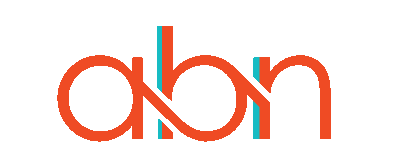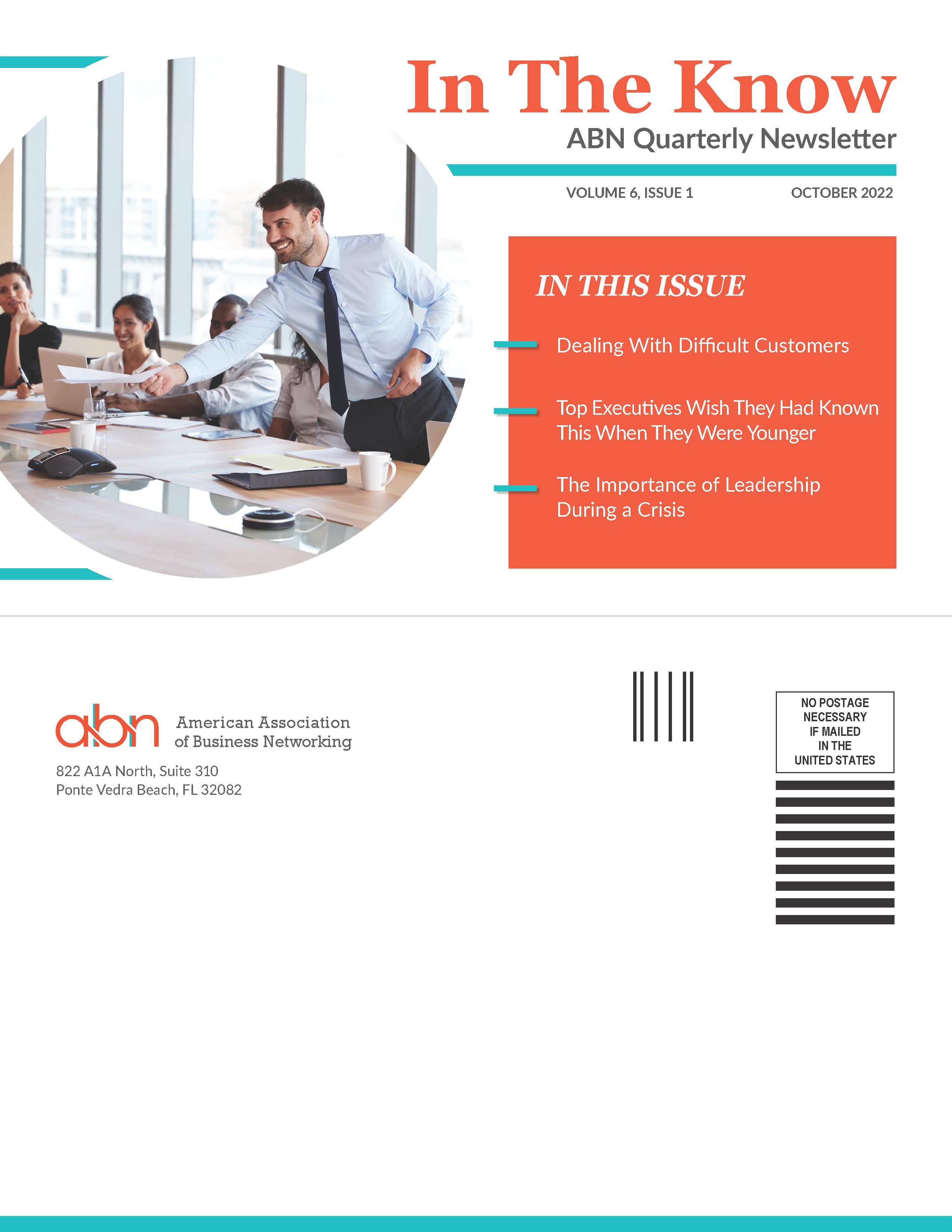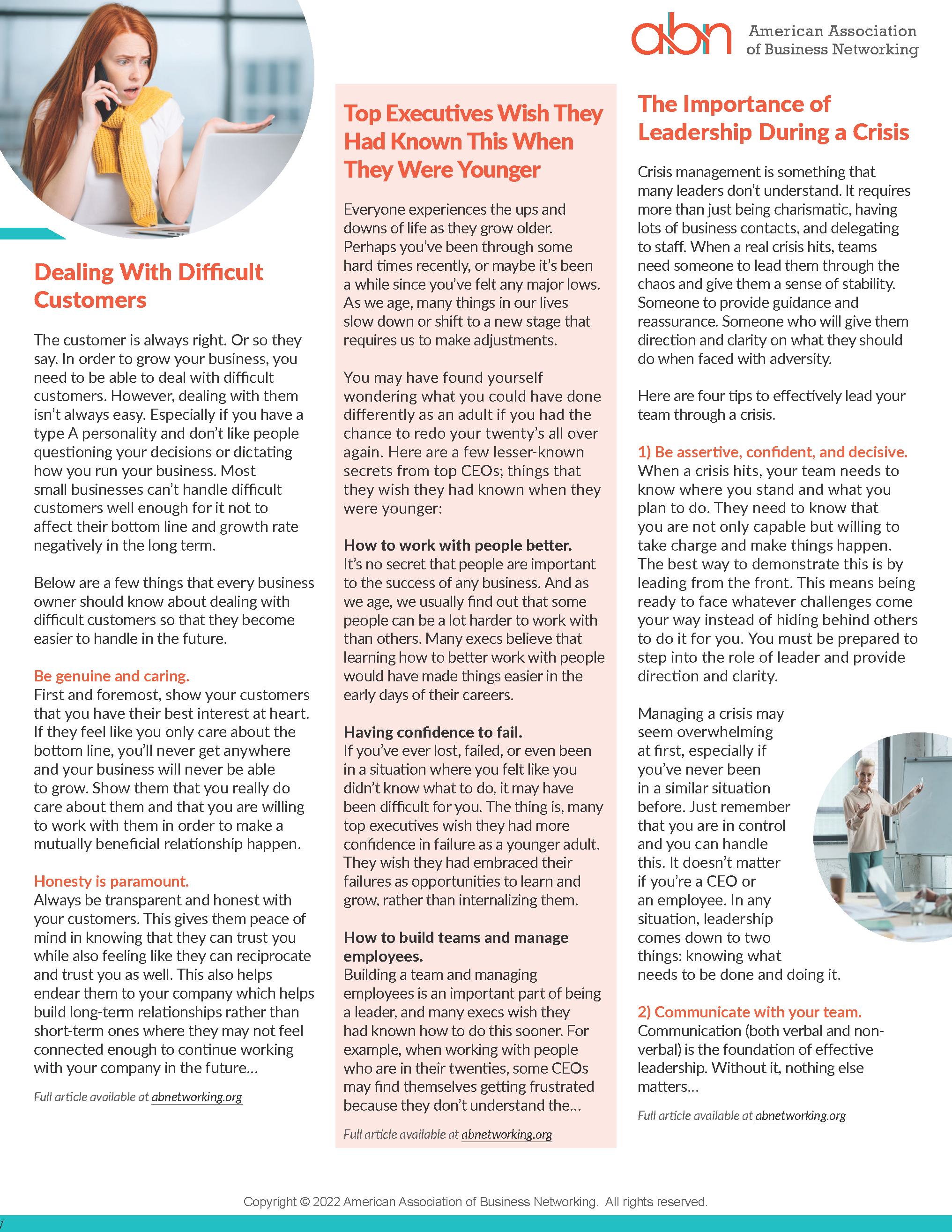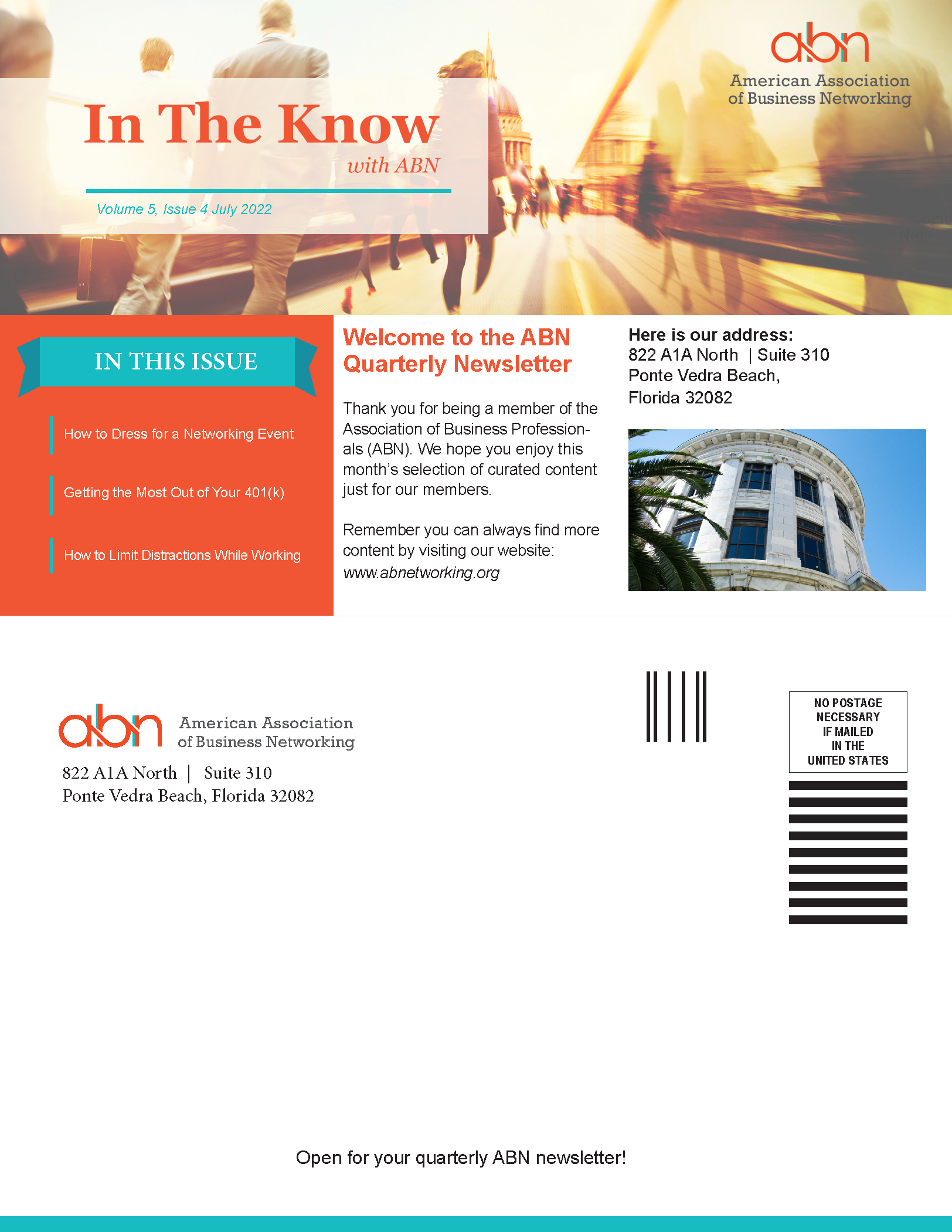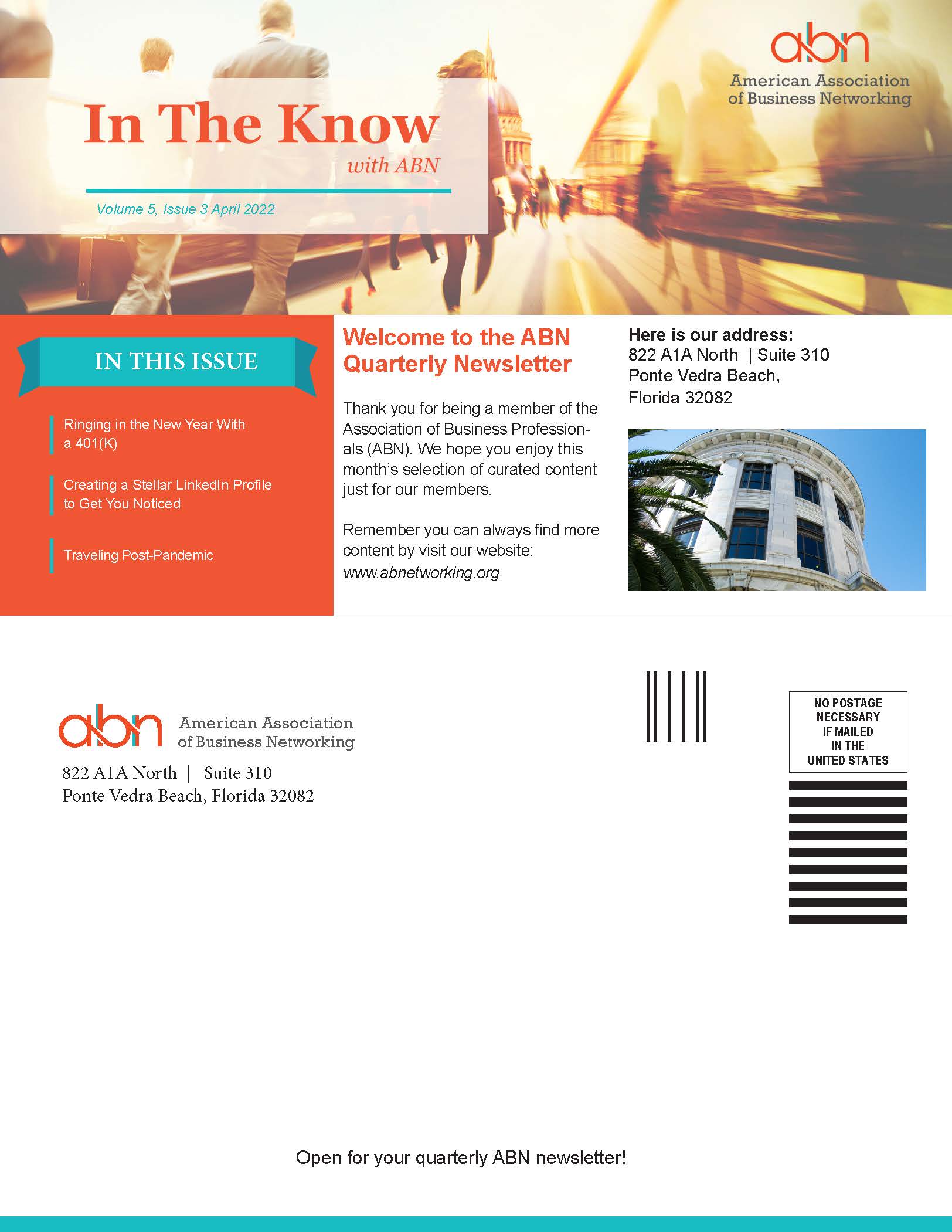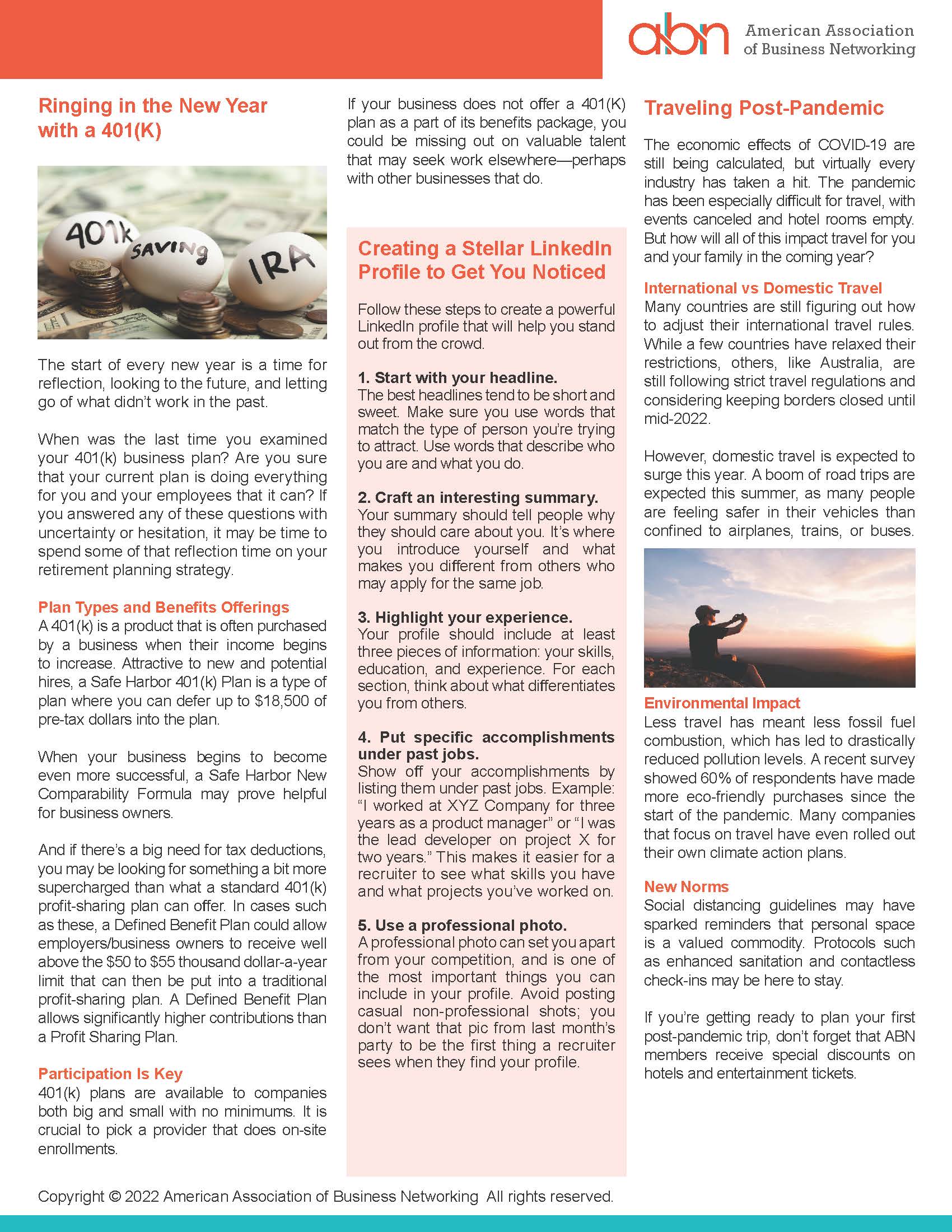7 Email Marketing Best Practices
When it comes to marketing your business, email marketing is one of the most cost-effective ways to connect and build trust with your target audience. Regardless of industry or niche market, it’s imperative that you have a solid strategy in place before you start sending out emails.
With that in mind, here are some tips on how to get started with email marketing:
1. Have a Branding Strategy in Place
Your branding strategy should include the colors, fonts, tone of voice, and overall aesthetic that will make your emails cohesive and professional. The best way to do this is to create a style guide for your company that includes all of these details.
2. Make Every Character Count in Your Subject Line
On average less than 35% of marketing emails are opened, and even then, only an estimated 1.38% are clicked on.
Your subject line has one job—to get people to open your email. Once they do, you have a whole screen’s worth of content to convince them to click through to a landing page of your choice. Best practices suggest that you have 60 characters or less (approximately 9 words) to pique a person’s interest enough to open the email. Without that open, your awesome email content will never see the light of day.
However, there are some words (and even symbols) that could trigger a spam filter and send your email to a dreaded “junk” folder—ensuring that it will never be read. In order to avoid this utilize one of the many web-based subject line checkers that will help identify spam words, tab words, and other things to stay away from.
3. Use a Clear Call-to-Action
Your CTA (call-to-action) is the most important part of every email. It should be something that’s clear and easy for your customers to understand. The best way to do this is by making sure you include a clear CTA in the beginning of your email so that people know what they are clicking on. This will help increase your conversions, as well as allow you to track the effectiveness of your campaign.
In addition to being clear, your CTAs should also be concise. Make sure they give your customers all the information they need without unnecessary bloat or clutter.
4. Don’t Be Afraid to Split Test
Split testing your email marketing campaigns is a great way to find out which elements are likely to drive the most engagement. Depending on your email marketing platform’s capabilities, you may be able to test different combinations of content, design, offers, and CTAs to ensure that they are all performing well. Then you can use the test results to tweak your approach and increase the effectiveness of your campaign.
5. Avoid Buying Lists
Building your subscriber list takes time. But while you’re waiting, avoid buying lists and sending to people who haven’t opted in to receive your emails. This can result in a massive uptick in abuse reports, which can get you in trouble with your email service provider, and land future campaigns in spam folders. Buying lists can also be a scam if it turns out the lists are full of outdated email addresses that no longer exist. If you try to upload an outdated list, this could also send a red flag to your email service provider and prompt them to freeze your account.
6. Give Users an Out
As hard as you try to provide relevant and engaging content to your audience, not everyone will want to stay subscribed to your emails, and that’s okay. In order to make things easy on everyone (and avoid getting reported as spam), be sure to include an easy unsubscribe option in your email. Most email template builders come with this feature already equipped, but if yours doesn’t, it’s important that you add one.
7. Timing is Everything
Before you start sending out email campaigns, you’ll want to think about which days and times work best for your list. Most industry experts tend to agree that marketing emails perform best when sent on Tuesdays, Wednesdays, or Thursdays between 9 a.m. and 3 p.m. Using these parameters can give you a good place to start testing to your list.
Final Words
Email marketing is an excellent way to connect with your audience and build trust, but it won’t work without the right strategy. With these best practices in mind, you can ensure that your email marketing campaign is successful.
